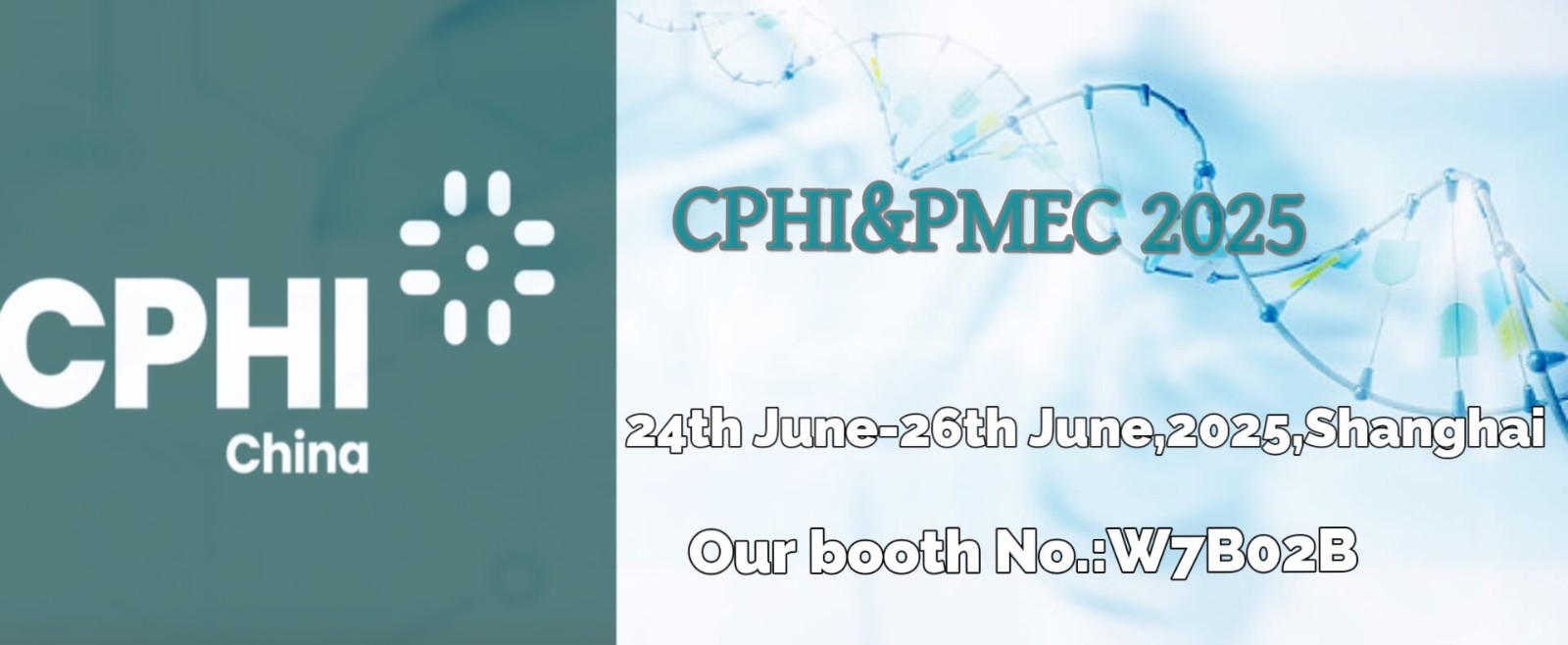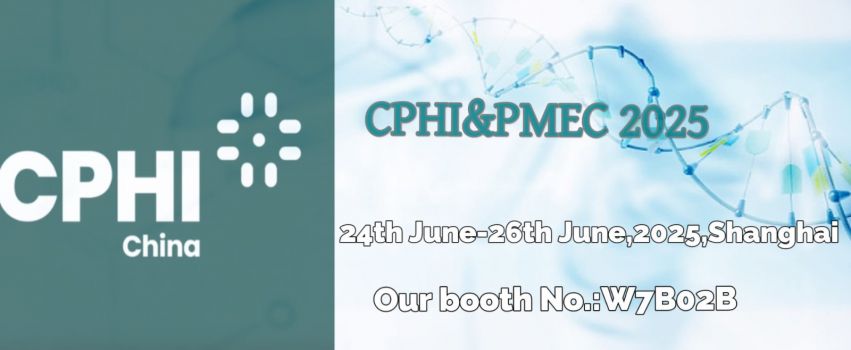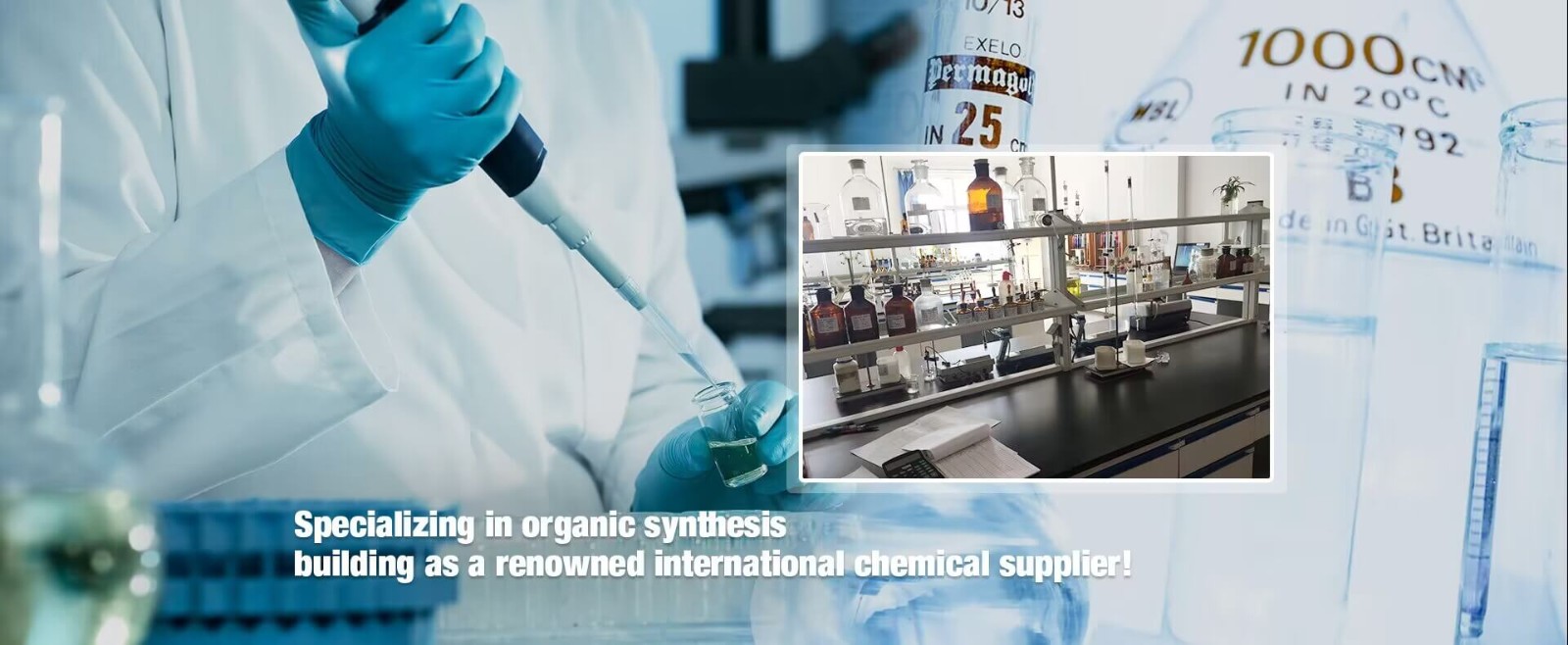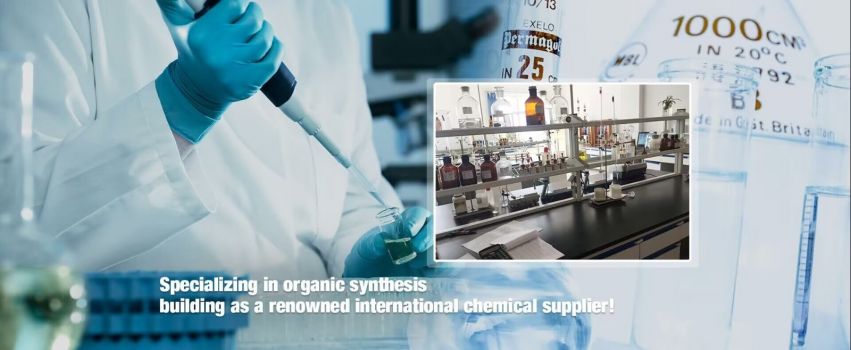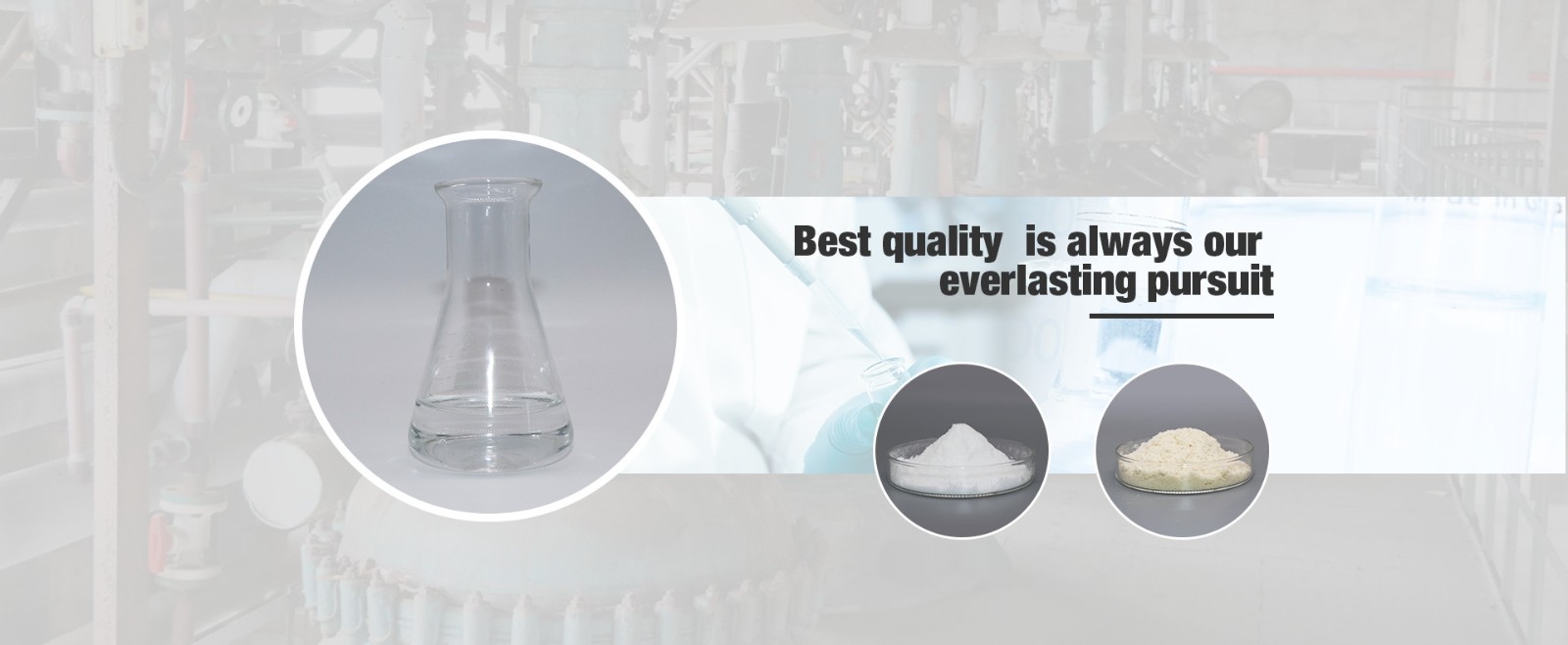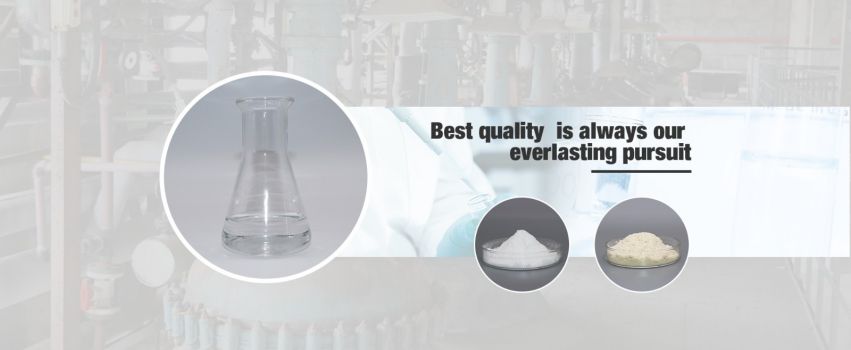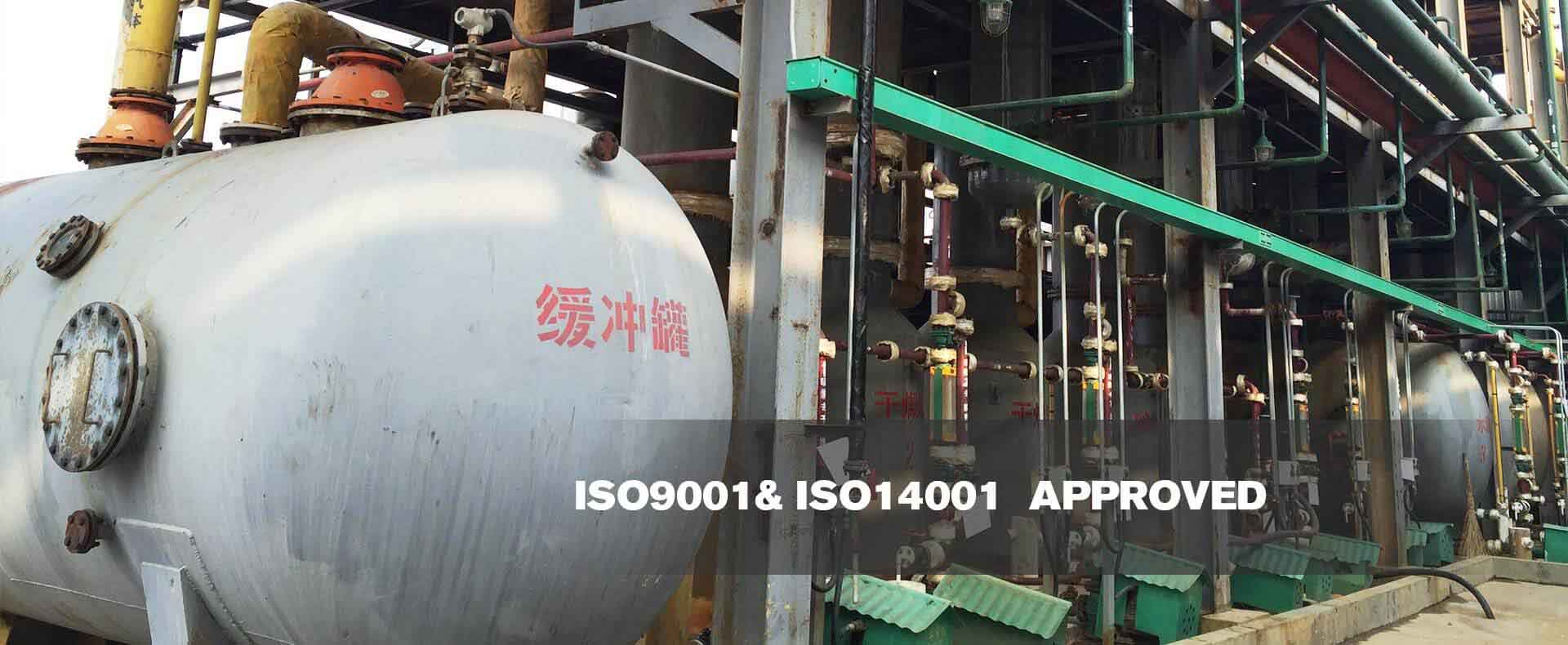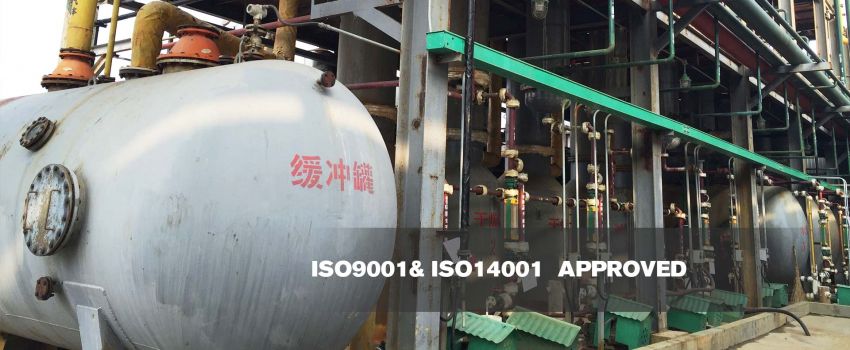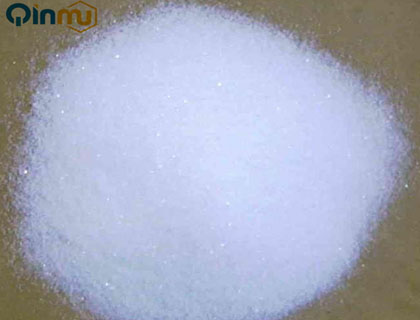Lithium-ion Battery Materials : Now And The Future
May. 09, 2022
Lithium-ion batteries offer an unmatched combination of high energy and power density, making them the technology of choice for portable electronics, power tools, and hybrid/all-electric vehicles. If electric vehicles (EVs) replace most gasoline-powered transportation, lithium-ion batteries will significantly reduce greenhouse gas emissions. The high energy efficiency of lithium-ion batteries could also enable their use in a variety of grid applications, including improving the quality of energy harvested from wind, solar, geothermal, and other renewable energy sources, thus contributing to their wider use and creating an energy sustainable economy. As a result, lithium-ion batteries have attracted significant interest from industry and government funding agencies, and research in this area has abounded in recent years.
Looking ahead, however, many doubt that lithium-ion batteries will be able to meet the world's demand for portable energy storage in the long term. For some applications (such as transportation and power grids), lithium-ion batteries are currently costly, and a shortage of lithium and some transition metals currently used in lithium-ion batteries may one day be an issue. At the same time, lithium-ion batteries have certain fundamental advantages over other chemicals. First, lithium has the lowest reduction potential of all elements, giving lithium-based batteries the highest cell potential.
Lithium Hydroxide,monohydrate(battery Grade) Cas:1310-66-3
In addition, lithium is the third lightest element and has one of the smallest ionic radii of any single charged ion. These factors give lithium-based batteries high weight and volume capacities as well as power density. Finally, while multivalent cations allow for higher charge capacity per ion, the additional charge significantly reduces their mobility. Given that ion diffusion in solid electrodes is usually a rate-limiting factor for battery power performance, this presents a significant obstacle to the development of such alternative chemicals. Lithium Hydroxide, a monohydrate is mainly used as cathode material for Li-ion batteries; catalyst, and so on.
It is unlikely that there will be a significant shortage of lithium in the near future. Similar claims have been made about peak oil, but this has not yet become a reality as the world's oil reserves and resources continue to grow in response to rising prices and advances in exploration and mining technology. In absolute terms, there is enough lithium in the earth's crust to power a global fleet of cars.
However, rising prices may pose a problem for lithium-ion batteries, as the cost is the main factor preventing their expansion into renewable energy applications. Even so, lithium is not currently a major factor in the cost of lithium-ion batteries. Lithium is used in the cathode and electrolyte, which account for only a small portion of the total cost. Of these components, processing costs and the cost of cobalt in the cathode are the main influencing factors. Given their fundamental advantages, lithium-ion batteries are highly likely to continue to dominate portable electrochemical energy storage for many years to come.
Since Li-ion batteries are the preferred source of portable electrochemical energy storage, improving their cost and performance could greatly expand their applications and enable new technologies that rely on energy storage. To date, a great deal of research on lithium-ion batteries has focused on electrode materials. Electrodes with higher multiplier capability, higher charging capacity, and (for the positive electrode) sufficiently high voltage can increase the energy and power density of lithium batteries, making them smaller and cheaper. However, this is only true if the materials themselves are not too expensive or rare.
-
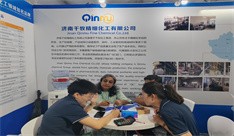
CPHI & PMEC China (Shanghai) 2025 --- we are coming!
Mar. 14, 2025
-
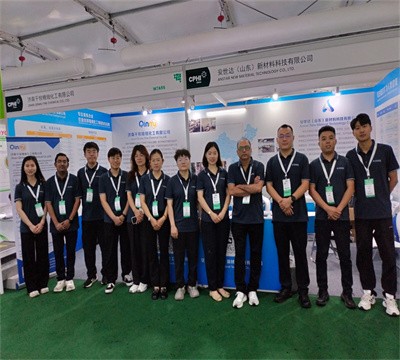
Nice to meet you——CPHI 2024 Shanghai
Jul. 08, 2024







